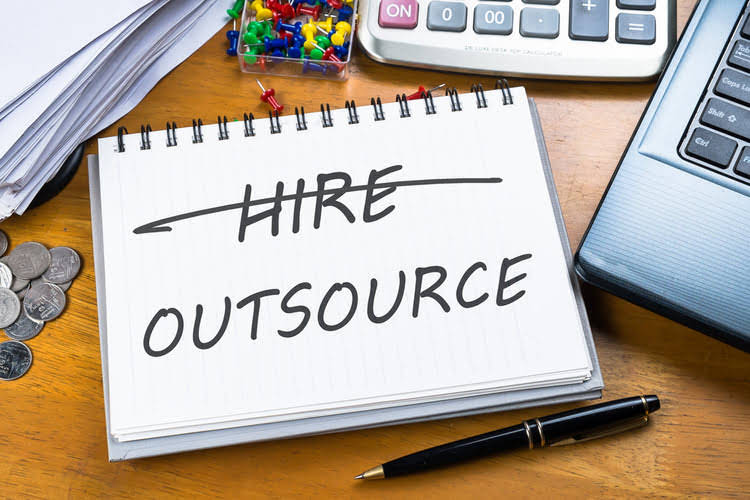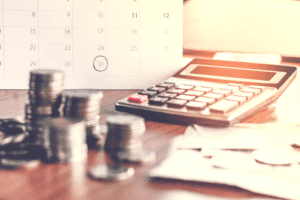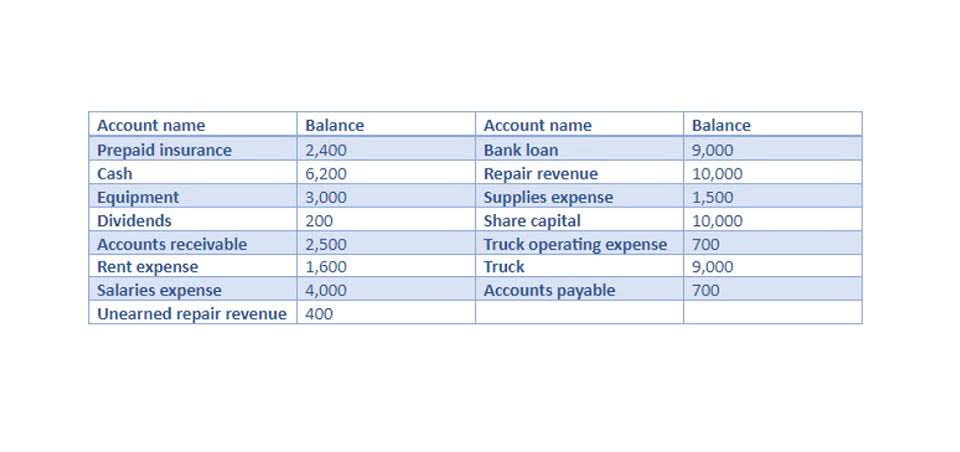
You should also reconcile each liability account by comparing the balance in your system with source documents like loan statements, payroll reports, or tax filings. This helps catch mistakes early and keeps your clients’ books clean. Liabilities help you see how much of a business is funded by borrowing. If the business owes a lot compared to what the owners have invested (equity), it may be considered risky. Lenders, investors, and auditors pay attention to this when deciding whether to trust the business with more money.
Balance Sheet
- Bonds typically have longer terms, making them a staple in the long-term liabilities section.
- Other names for income are revenue, gross income, turnover, and the “top line.”
- This helps catch mistakes early and keeps your clients’ books clean.
- Understanding liabilities is critical, whether you’re a seasoned entrepreneur, a new investor, or just starting out in financial literacy.
- On a balance sheet, liabilities show a company’s financial obligations to its lenders and creditors due to past transactions.
- While they might have their quirks, the main principles are pretty similar.
Assets and liabilities are key factors to making smarter decisions with your corporate finances and are often showcased in the balance sheet and other financial statements. Accounting software can easily compile these statements and track the metrics they produce. Liabilities can help companies organize successful business operations and accelerate value creation. However, poor management of liabilities may result in significant negative consequences, such as a decline in financial performance or, in a worst-case scenario, bankruptcy. Accrued liabilities are costs that have been incurred but not yet paid. So for example, if you owe wages to employees for work done in the current period but have not yet paid them, record these as Accrued Expenses on your balance sheet.

For Assessing Financial Risk and Leverage
On the first day of the fiscal year, most accounting programs automatically credit this account with the previous year’s Net Income. Tangible assets are physical entities that the business owns such as land, buildings, vehicles, equipment, and inventory. A liability may be part of a past transaction Mental Health Billing done by the firm, e.g. purchase of a fixed asset or current asset. The settlement of liability is expected to result in an outflow of funds from the business. Below are some of the highlights from the income statement for Apple Inc. (AAPL) for its fiscal year 2024.

Video Tutorial How to Fill Out list of assets and liabilities in accounting pdf
Assets such as Property, Plant, and Equipment come under this category. Therefore, they are acquired to generate cash flow for many years. Since the cash flow from these assets comes in future years, they are capitalized for their useful life instead of making expenses at the time of purchase. Notes Payable are short-term financial obligations evidenced by negotiable instruments like bank borrowings or obligations list of liabilities in accounting for equipment purchases.
Equity
Companies segregate their liabilities by their time horizon for when they’re due. Current liabilities are due within a year and are often paid using current assets. Non-current liabilities, due in over a year, typically include debt and deferred payments. An expense is the cost of operations that a company incurs to generate revenue. This is very similar to the debt ratio except it only accounts for your long-term debts.

- These accounts are like the money to be paid to the customer on the demand of the customer instantly or over a particular period.
- Implementing these strategies helps reduce liabilities, improve cash flow, and ensure a secure financial future.
- Deferred revenue is money received before you deliver goods or services.
- Start by entering the full loan amount as a liability on your balance sheet under Notes Payable or Long-Term Liabilities, depending on the loan’s term.
- During setup, some more advanced software includes choosing your business type and adding additional codes.
- That amount that needs to be paid in a year will come under Current Liabilities.
As a small business owner, you’re going to incur different types of liabilities as you operate. It might be as simple as your electric bill, rent for your office or other types of business purchases. It’s worth noting that liabilities are going to https://humiditycontrolfilters.com/balance-sheet-definition-examples-assets-2/ vary from industry to industry and business to business. For example, larger businesses are most likely to incur more debts compared to smaller businesses. And if you have more debt, then you’re going to have higher liabilities. Making sure that you’re paying off your debts regularly will help reduce your overall business liabilities.


They are classified as current liabilities until the service is delivered or the deposit is refunded. Accrued expenses are costs a company has incurred but not yet paid, such as utilities, rent, or insurance premiums. They ensure expenses are recorded in the correct accounting period. Generally speaking, the lower the debt ratio for your business, the less leveraged it is and the more capable it is of paying off its debts. The higher it is, the more leveraged it is, and the more liability risk it has. Contingent liabilities are potential obligations that depend on the outcome of future events, such as lawsuits or guarantees.
